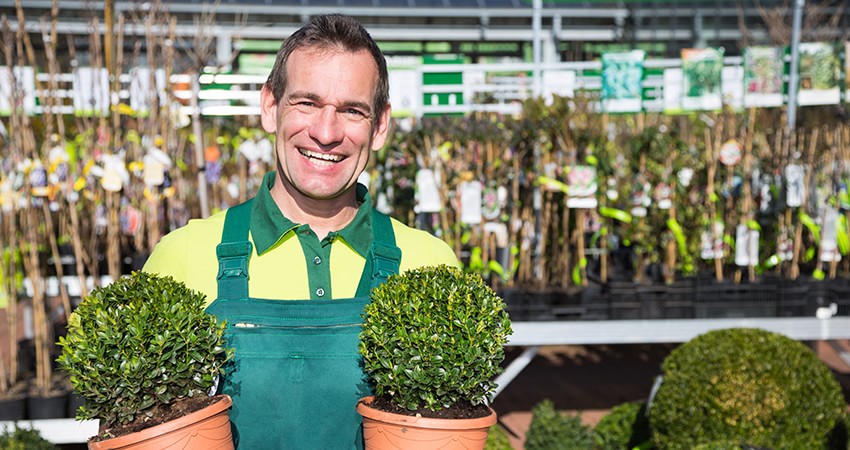
by admin | May 23, 2018 | Gardening, General
DENVER, PARKER AND BROOMFIELD LANDSCAPING CHOICES Ideal Greenery for Parker and Denver Colorado Landscapes. A decently landscaped property in Parker or Denver is definitely pleasing to the eye. It’s your property; you have invested time and money into it. It is a part...

by admin | May 22, 2018 | Gardening, General
INFORMATION ABOUT LANDSCAPING FOR PARKER CO. AND DENVER CO. Why Use XERIscaping For Denver Landscaping? Colorado weather is fickle. We are not quite fortunate enough to enjoy weather common to many states in the mid-west and yet we are separated enough from the likes...




